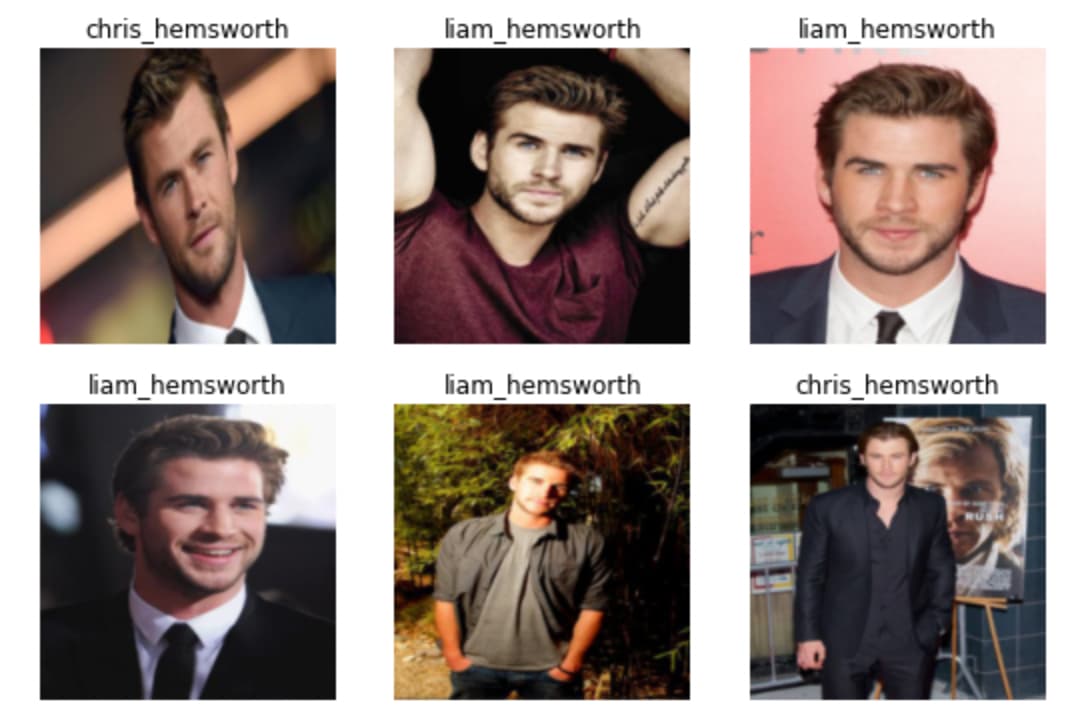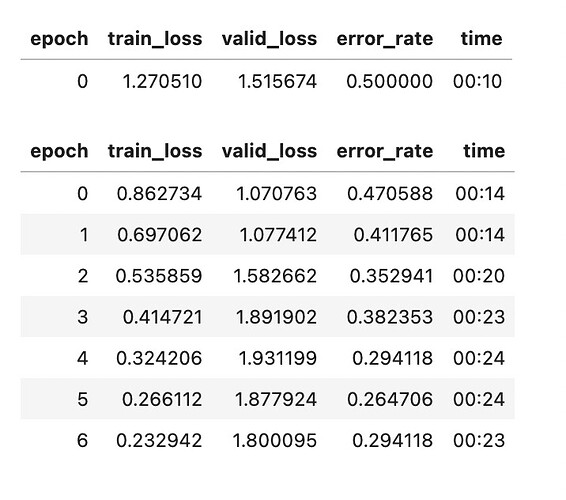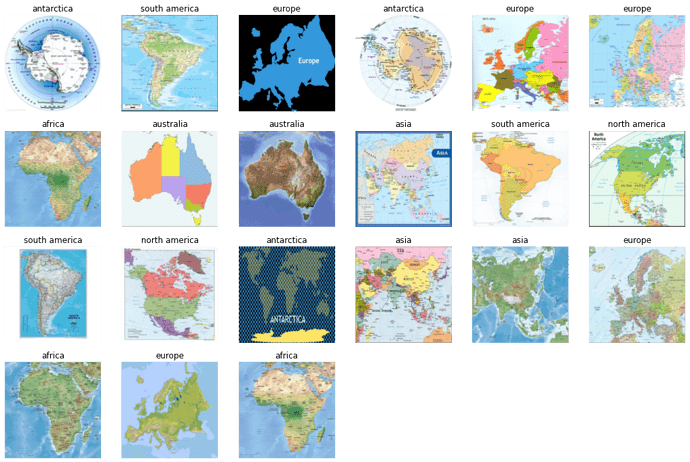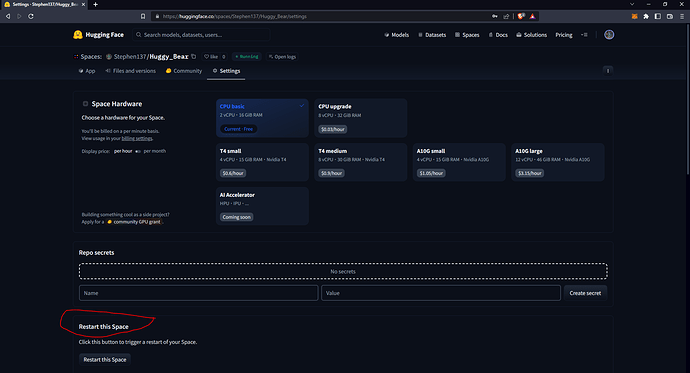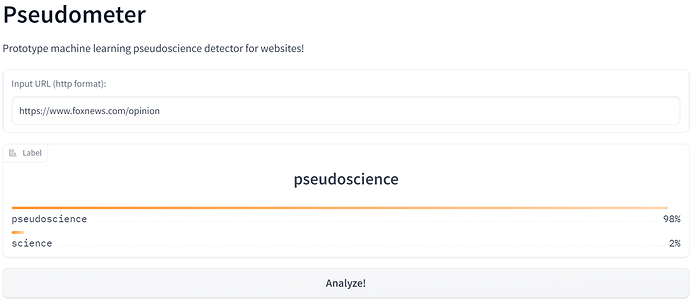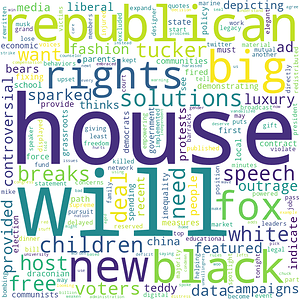Hello everyone, I watched Jeremy’s lecture 1 and Here’s my beginner project on Kaggle https://www.kaggle.com/code/prasadckulkarni/is-it-jason-statham-creating-a-model-from-own-data
I often get confused between Jason Statham (English actor) and Akshaye Khanna (Indian actor),so i thought maybe i can train a model which will help me in differentiating them,
I have edited Jeremy’s notebook and just changed the data to these actors. The Top -down approach seems great. Let me know your thoughts.
I recreated the Lecture 1 Notebook here to get a feel of building intelligent systems fast with fast.ai.
My Notebook @Kaggle is here:
In this notebook, as @jeremy demonstrated, I chose my categories of choices randomly as Car and Truck to Build a Car or Truck Classification Model.
For Transfer learning, I used resnet50 and trained for 20 epochs.
Here are the results of the classification model:
You can use this notebook and change the categories of your choice and train a model instantly.
The world right now is a bit complicated, and not all are supposed to solve all those complications, when a few focus their energy on solving a set of them, a few focus their energy to use those solutions to solve other problems. Here everyone’s role is important collectively. For me the first group is PyTorch and the Later is Fast.ai. The combination is so powerful. Glad to be part of this journey.
Thanks, @jeremy for all the wisdom.
Made a model for differentiating the Hemsworth brothers.
Earlier wanted to have a model for the Olsen twins classifier but getting their separate picture was not straightforward so ditched it and went for Hemsworth brothers, who don’t look as alike as the Olsen twins.
However, the model still has a lot of difficulty in differentiating between them. These were my error rates:
As you can see, it goes down to ~26% in the 6th epoch and then overfitting causes it to jump back again to ~29% in the 7th epoch.
Not sure why this is the case given that facial recognition is a common use case for AI. Perhaps minor facial features are still a bit much for this particular model to handle? Or is the data set too small? I guess I’ll learn more as I continue to explore.
p.s: For anybody interested, here is the notebook: Which Hemsworth? | Kaggle
Welcome @Shravankumar147. Nice topic to attack. Sounds like you are having fun, which is awesome.
I see this is your first post, so I guess you might have missed Forum Etiquette point 4 which indicates Jeremy should not be @mentioned unless the forum is burning down.
Note, no apology post necessary - refer etiquette point 1. Hope you have fun with the rest of the course ![]()
Hi everyone, Anyone checked their older model in huggingface.
My image detection model worked till last week, it seems it is not working anymore ?
Does new gradio version came out recently ?
Actually, it is the same library we’ve talked about before. They just show how to visualize heatmaps alongside bounding boxes.
Oh God! This was so damn unbelievable ![]() !
!
So I tried to build a model after Lesson 1 that could classify the 7 continents based on their map images. I was very sceptic about this (I don’t know why?!).
Turns out our model can not only do it, but do it highly accurately ![]() .
.
Just look at this beauty!
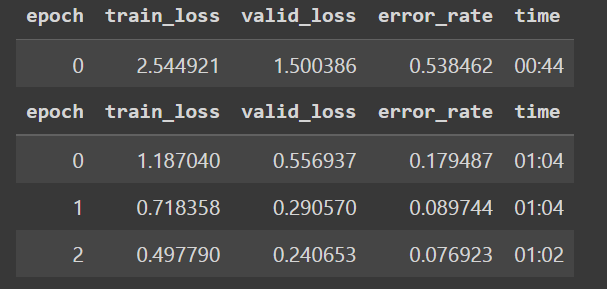
Africa:

Antarctica:

Asia:

Australia:

Europe:

North America:

South America:

Here is the Colab NB.
Try pinning the torch version in requirements to 1.12.1. (1.13 broke a few things)
‘’’
torch == 1.12.1
’’’
Hi. I had that issue recently. Did you try ‘Restart this Space’ ? Worked for me. Think it stops periodically due to inactivity.
I have made the following videos and working on it uploading them every week.
Click the link Here
Have a look!
hi, I just sent my request to join fastai organization in HF. Looking forward to share and learn ![]()
Oh yeah thanks for sharing.
Just built a breastcancer classifier from the second lecture. BreastCancerUsingFastAI | Kaggle
and built a huggingface app on it
although it performed well on training and validation data but poor performance on googled photos. Gotta improve, suggest me how to improve perfomance on this types of data
Hi, I learnt machine learning two years ago and was trying to learn deep learning through multiple courses until I stumbled upon Fast AI 6 months back. Bought the book and read through the first 5 chapters and also listened to the first 4 videos (including Course 0). I am now able to make progress in my deep learning journey. Took Jeremy’s advice and created a deep learning image classifier using the CIFAR dataset. Tried a couple of different neural networks and epochs. Achieved an error rate of 20% with resnet34 and 24% with resnet18.

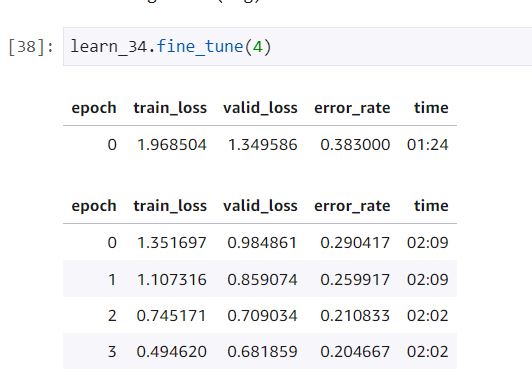
For some reason ImageClassifierCleaner was not working in the AWS Sagemaker. Are there any known reasons for this.
Hello everyone, I have tried this course before a while back but never finished it. I am hoping to finish it this time.
This idea has to do with bowel movements so if you are squeamish, you could probably skip this one. However I do need some help refining this so if you’re okay with the idea of stool classification and could help me out, I’d appreciate it.
I recently had this idea for an app that would have an api that you could post photos of your poop to and it would classify it on one of the 7 categories of stool Bristol Stool Chart | Faecal | Continence Foundation of Australia. I tried using duck duck go to search bristol stool type 1. it comes up with a chart of all the poops. so the classifier seemed to not know because each example had all 7 types of stool on it. I heard Jeremy say that you don’t need lots of data to train this model since we’re using transfer learning. so I manually photoshopped out one of the charts and added the data in buckets to the kaggle notebook posted below. I set the valid_pct=0.01 and kept the seed of 42 since I will need the answer to the universe for this one. when I iterate 10 times, it seems to think the validation image which is a type 1 stool is type 1 with ~48% surety. (I’m still tweaking this to see if I can get it higher but with such little data, I may just be overfitting…)
I need help finding better photos of each class of stool. I tried searching for the source data that led to the creation of the bristol stool chart but didn’t come up with anything.
I think I may have found a source for photos, rate my poo seems to have photos of stool that I can manually classify. maybe if I get 10 of each it will perform better.
I have a roughly working notebook here: Bristol stool chart classifier, first go at it. | Kaggle
Hi all,
After going through the first lesson, I built my first app: Is it Korean Soup or Vietnamese Soup?
It’s cold here in New England and I do like Asian soups, so I thought, “Is it actually possible to distinguish between Korean and Vietnamese?” The model seems to be pretty good at figuring it out.
You can find my Kaggle notebook for generating the model here. It is essentially the same as the “Is it A Bird?” notebook.
Also, I wrote an article about my experience at Medium. Mainly I wanted to document the obstacles I ran into (mostly VSCode/Python environment related). Any feedback is appreciated.
Thanks!
Trent
Hey all. Just finished Chapter 2 and I’m having a blast! Here’s one of the things I’ve been playing around with:
And I wrote up a post about it here.
Hi all, I made a prototype pseudoscience / fake news detector and wordcloud generator for websites using Fastai text transfer learning:
Here’s the Huggingface spaces demo: Pseudometer - a Hugging Face Space by sbavery
Here’s the Github repo (using nbdev): GitHub - sbavery/pseudometer: Pseudoscience detector using machine learning
Please let me know if you have feedback or would like to collaborate! I’ve so far found this is a challenging problem to define and solve.
Hey, I made a little flower classifier based of the pets notebook as my parent’s got a bouquet for their anniversary and I wanted to know what flowers were there.

